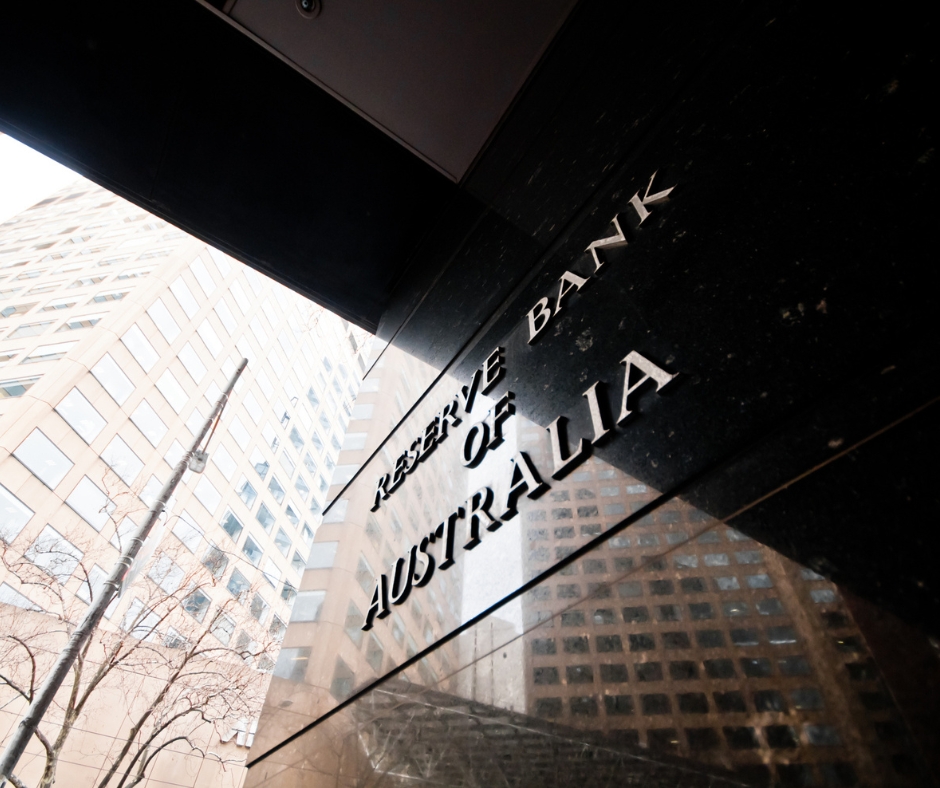The
RBA announced another rise for interest rates at its October meeting which may have impacts for business finance and motivate businesses to act on acquisitions. The signs were there that the Reserve Bank Board would call for another cash rate rise in October, but the commentary has been increasing for the central bank to commence easing up on rate hikes. Governor Philip Lowe in the accompanying monthly statement acknowledged that rates had been increased substantially in a short time period. This was noted as being a factor which the Board reflected on in making the latest decision.
That decision was to increase the official cash rate from 2.35% by a further 0.25% to 2.6%. This follows on from four monthly rises of 0.5% and the 0.25% increase in May. Placing the cash rate at the highest it has been in 9 years. While the October rise was less than the 50 basis points that some expected, there are strong indications from the Board that there will be more rises to come.
Currently there is quite a lot of messaging around economic forecasts coming from a number channels. The Treasurer recently commented on the prospect of a recession on a global basis that Australia may not avoid being probable. Events in the UK and US economies as well as the ongoing war on Ukraine and supply chain issues may also be cause for concern.
Businesses looking to make decisions around finance may benefit from reviewing the RBA official statement and the additional documents and resources that are available in regard to cash rate decisions.
RBA Announcement – October
The
official announcement by Governor Philip Lowe provides information as to the Board’s considerations in making its monthly decisions on the official cash rates. It also includes comments on factors contributing to current economic conditions and forecasts for unemployment, inflation and economic growth.
In the latest statement, the Board reconfirms its ongoing commitment to the return to the 2-3% target of inflation, saying the current rate is too high. It also clearly states that further increases would be expected in order to achieve this.
The explanation for the high inflation are seen as ongoing global factors as well as the demand-supply situation in Australia. Consumer demand is very strong but businesses remain constrained by the tight labour situation and supply chain issues.
The expectation for inflation is for additional rises in 2022, a drop in 2023 to around 4% before nearing target in 2024. With the expectation of 7.75% this year from the current 6.7% and with just over 2 months left in 2022, the signs for the next round of inflation data don’t augur well.
On unemployment, the Board acknowledges once again the tight labour conditions with the August rate at 3.5% and expected to fall further. As growth in the economy begins to slow from the current solid growth trend, unemployment is expected to rise.
A major source of uncertainty remains with global issues. Governor Lowe says the global scenario has seen deterioration recently. This was backed-up by Treasurer Chalmers on the same day as the rate rise decision.
Governor Lowe also identified spending behaviour in response to higher rates as another source of uncertainty. Businesses should also be aware that the RBA is paying attention very closely to the situation around costs of labour and pricing behaviours by businesses.
A more detailed statement on monetary conditions and the minutes of the Board meeting will be released on the
RBA website in the weeks following each meeting.
With the strong indication of another rate rise ahead, all eyes will be on Tuesday 1 November for the Board’s decision. Prior to that date, Treasurer Chalmers will bring down his first Federal Budget. This will no doubt also be of interest to business operators. Those keen for specific data promptly can also stay across the
ABS website for updates on a range of economic indicators.
Commercial Finance Implications
Following the 0.25% cash rate rise, it would be expected to see banks and non-bank lenders raise their interest rates on different finance products. The timing of such increases and the amount, will be dependent on the individual lender.
For businesses with variable interest rate loans, an increase in the interest rate may occur. If a business is subject to a loan rate rise which increases loan payments to a level which is unworkable, speak with us about refinancing options. With our
cheaper rates a more cost-effective solution may be achievable.
For businesses with plans to purchase new assets, the message from Governor Lowe is quite clear – expect higher interest rates in the coming period. Acting now on acquisitions before the next rate rise, could represent a valuable savings on interest payments.
Acquiring assets with
Chattel Mortgage and utilising temporary full expensing, may deliver further benefits through tax deductions.
With our multiple lender accreditations we are well-positioned to source cheaper rates and negotiate workable commercial loans. If the latest rate rise places pressure on your business, speak with us regarding possible alternative commercial finance options.
Contact Business Finance on 1300 000 033 to discuss commercial loans and finance.
DISCLAIMER: THE SPECIFIC PURPOSE IN PROVIDING THIS ARTICLE IS FOR GENERAL INFORMATION ONLY. IT IS NOT INTENDED AS THE SOLE SOURCE OF FINANCIAL INFORMATION ON WHICH TO MAKE BUSINESS FINANCE DECISIONS. BUSINESS OWNERS WHO REQUIRE ADVICE OR GUIDANCE AROUND THEIR SPECIFIC FINANCIAL CIRCUMSTANCES ARE RECOMMENDED TO CONSULT WITH AN ADVISOR OR ACCOUNTANT. NO LIABILITY IS ACCEPTED IN REGARD TO ANY MISREPRESENTATIONS OR ANY ERRORS RE ANY DATA, SPECIFICS, POLICIES AND OTHER INFORMATION AS SOURCED FROM OTHERS.



